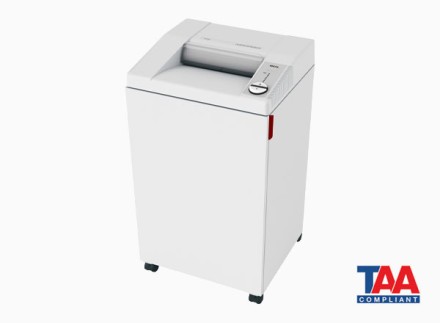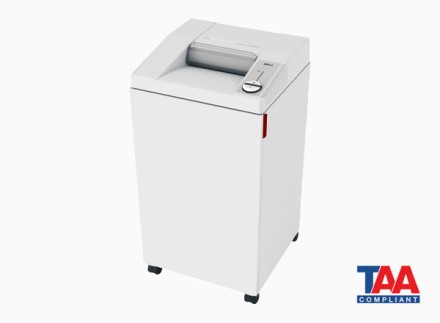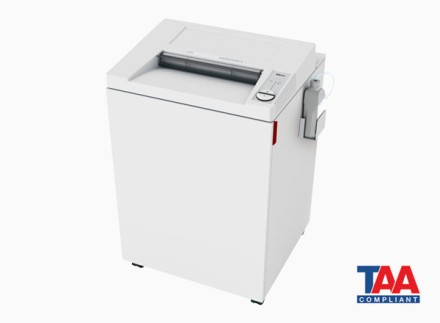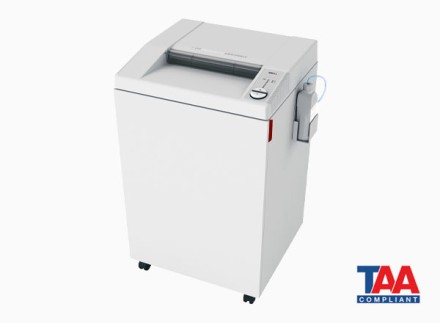
Why Document Organization Matters
An organized office isn’t just visually appealing – it also boosts productivity, reduces stress, and enhances data security. In the modern workplace, where digital and physical records often coexist, knowing what to keep and what to toss is crucial. Properly categorizing and handling documents prevents data breaches, ensures compliance, and promotes efficient workflows.
Let’s dive into the essentials of categorizing documents so you can simplify the decision-making process and create a safer, more organized workspace.
Step 1: Categorize Your Documents
Categorizing documents based on their purpose and retention requirements is the first step in deciding what to keep and what to shred. Here are the main categories to consider:
- Legal and Compliance Documents
- Examples: Contracts, licenses, incorporation documents, tax filings, payroll records
- Why Keep: These documents are often required for legal reasons and may need to be referenced in the future. Certain documents, like tax records, should be kept for at least seven years.
- Organizing Tip: Create a dedicated, secure folder for each year to simplify annual record-keeping.
- Financial Records
- Examples: Bank statements, investment records, receipts, financial statements
- Why Keep: Financial records are essential for auditing, tax preparation, and business analysis. However, most financial documents older than seven years can be securely shredded if they’re no longer relevant.
- Organizing Tip: Sort by year and type, retaining only recent records that contribute to ongoing financial planning or reporting needs.
- Client and Project Files
- Examples: Contracts, project plans, client correspondence
- Why Keep: Some client information may need to be retained for legal or project reference, but documents that no longer serve a purpose can be securely shredded.
- Organizing Tip: Use a retention policy based on project timelines and client agreements. Anything older than a specified period (e.g., three years after a project ends) can often be shredded.
- Personal Identification and Sensitive Documents
- Examples: Passports, Social Security information, medical records
- Why Keep: Personal identification should be securely stored for access when needed. Expired IDs and sensitive data no longer in use can be securely shredded to prevent identity theft.
- Organizing Tip: Create a secure, encrypted digital backup and shred physical copies if they’re no longer necessary.
Step 2: Determine Retention Periods
Understanding how long to keep documents is key to managing your paperwork effectively. Use these general retention guidelines to know when it’s safe to shred:
- Seven Years: Tax-related documents, including returns, receipts, bank statements, and records of large purchases.
- Three Years: General business correspondence, client records for completed projects, and short-term agreements.
- One Year: Utility bills, most receipts, and monthly financial statements (once reconciled).
- Indefinitely: Documents like property deeds, stock certificates, and legal contracts should be kept indefinitely or for as long as you hold the asset.
Step 3: Shred with Confidence
Once you’ve categorized your documents and identified what can be safely disposed of, it’s time to shred. Shredding is the most secure way to protect sensitive information and prevent it from falling into the wrong hands. Here’s a breakdown of what to shred and how often:
- Immediate Shredding: Expired credit cards, junk mail with personal information, and outdated financial statements.
- Annual Shredding: For documents that reach their retention period, plan an annual shredding session to prevent clutter and maintain security.
- Secure Shredding Options: Invest in a high-quality shredder, like IDEAL’s range of heavy-duty shredders, which offers features like cross-cut or micro-cut shredding for security designed to meet your needs.
With the right document retention and shredding practices, you can confidently declutter your workspace, protect sensitive information, and start the new year with an organized office. IDEAL’s reliable shredders are designed to meet the highest standards of security, making them the perfect addition to any office focused on efficiency and data protection.
By following this guide, you’ll not only streamline your document management process but also create a safer, more productive work environment. So, go ahead – make your “Shred It or Save It” decisions and enjoy a clutter-free 2025!
We’re here to help and we’d love to hear from you. Give us a call at 800.826.0161 or send us an email at help@simplyideal.net and we will help you find the right shredder for your needs.




